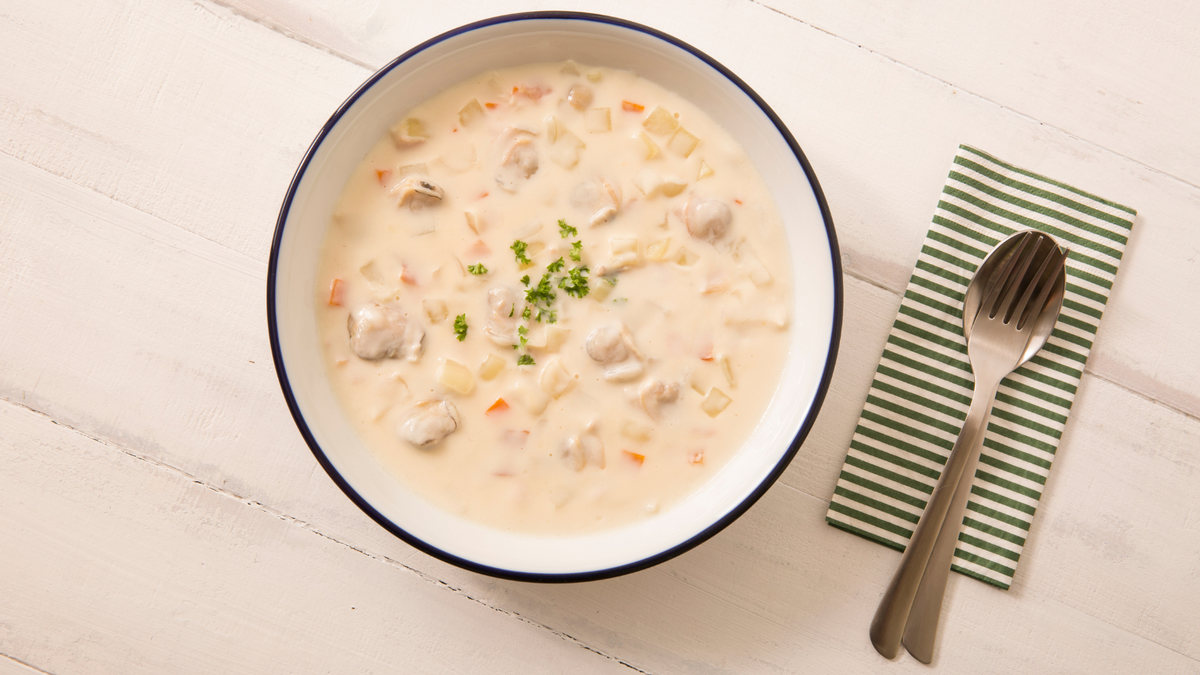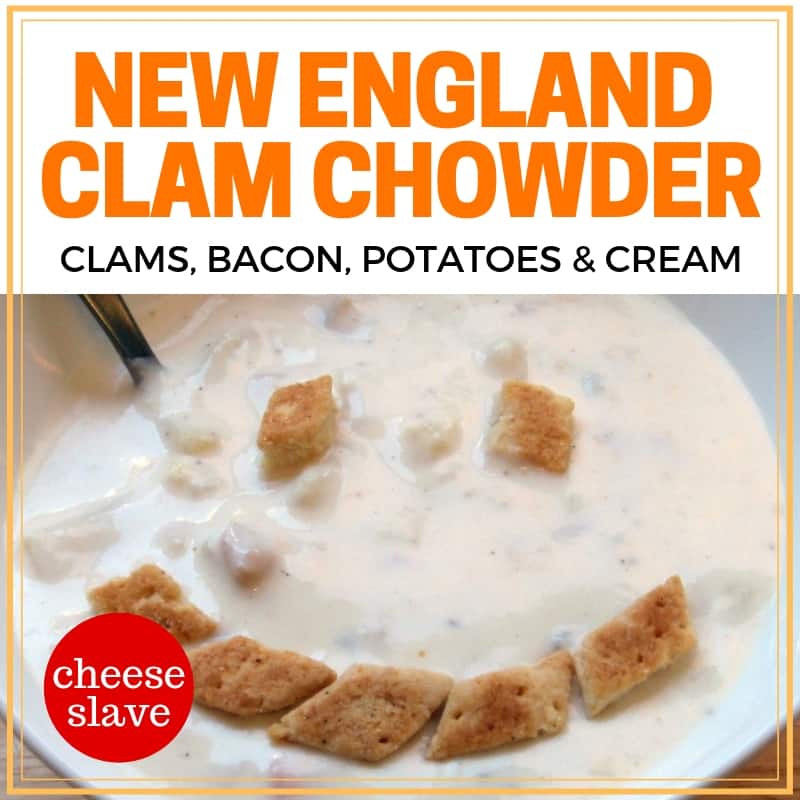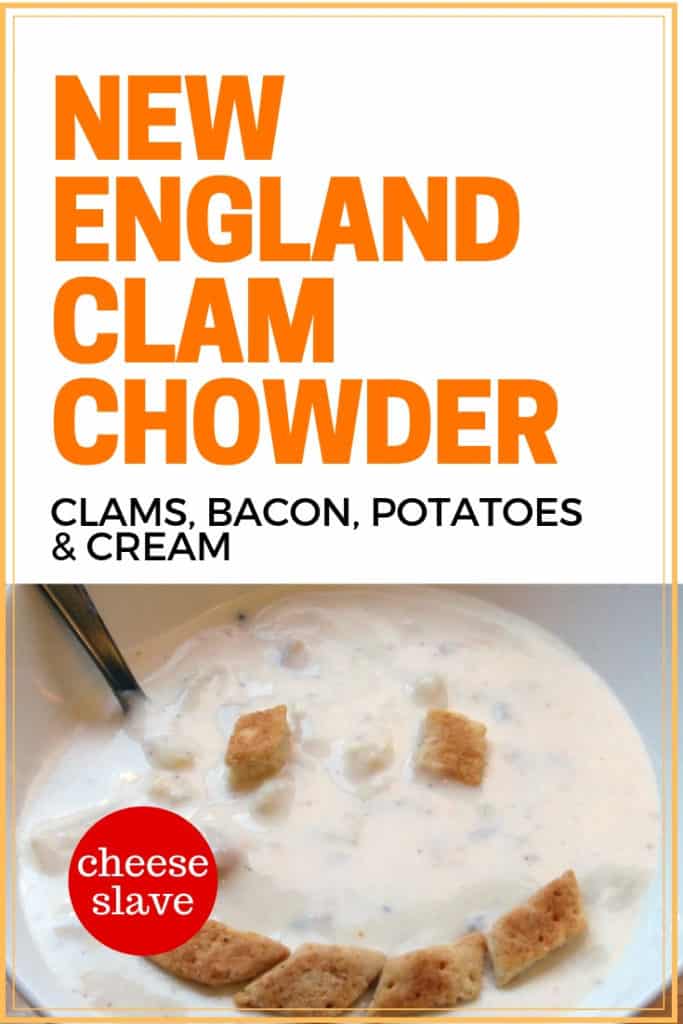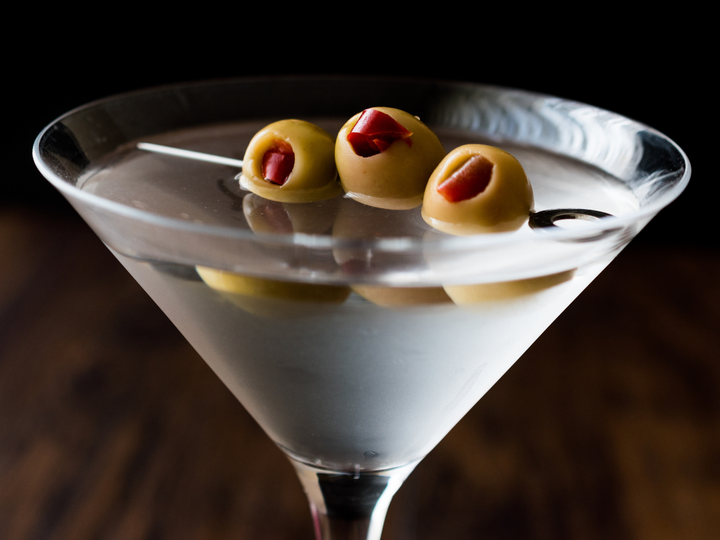New England Clam Chowder
I may not be in New England, but I still crave clam chowder in the wintertime. Even here in Southern California, it’s comforting to have something warm and nourishing on a cold winter night. It may not be blustery cold and snowing in Los Angeles, we do feel the chill in our bones.

I may not be in New England, but I still crave clam chowder in the wintertime. Even here in Southern California, it’s comforting to have something warm and nourishing on a cold winter night. It may not be blustery cold and snowing in Los Angeles, we do feel the chill in our bones.
Note: This is one of the posts that got nuked when I moved my blog after I got deplatformed – I will be updating this recipe eventually. Thanks for your patience.
The word “chowder” hails from New England, specifically Newfoundland. Breton fishermen would throw portions of the day’s catch and other available foods into a large pot (similar to the French bouillabaisse).
The origin of the word chowder is said to come from the cooking pot it’s made in, called a chaudière, in French or from the Latin, caldaria (in English the word is cauldron). Another possible origin for the word chowder is derived from the Old English word, “jowter”, which means fishmonger.
The base for clam chowders differ in various places. However, according to Wikipedia:
New England clam chowder is a milk- or cream-based chowder, traditionally made with potatoes, onion, bacon or salt pork, flour or hardtack (crackers), and clams. Adding tomatoes to clam chowder was shunned in New England, to the point that a 1939 bill making tomatoes in clam chowder illegal was introduced in the Maine legislature.
According to Alton Brown, using tomatoes instead of milk in clam chowder was started by Portuguese immigrants in Rhode Island, as tomato-based stews were a traditional part of Portuguese cuisine (tomatoes are much more plentiful in Portugal than in New England). New Englanders called this modified tomato version “Manhattan-style” clam chowder because, in their view, calling someone a New Yorker was an insult.
This is an extremely nutrient dense meal. Clams are super nutritious — right up there with organ meats. They are very high in vitamin B12, zinc, and iron. In fact, they are the world’s richest source of iron (clams contain 9 times more iron than beef). Wow!
A salad would be a good starter (for the enzymes). If you like beer or wine with your meal, a good pairing for this is a light lager or ale, or a white wine — I like Sauvignon Blanc, Albarino, Pinot Gris, or Riesling.
Recipe Notes:
If you don’t have access to fresh clams, you can use fresh oysters instead, or use canned clams. Any stock will due (i.e. chicken, beef, fish, or lobster). When I make Clam Chowder I often use lobster stock because I made some and froze it.
This clam chowder came out a beige colour, most likely due to the use of bacon fat and lobster stock. White colored chowders are made with water (the “broth”) from cooking the mussels. But I opted for a more nutrient-dense version, using bone broth.
My husband remarked that this recipe did not taste as “clammy” as what he was used to. This is most likely because I used fresh clams as apposed to the canned clams or clam juice. I liked the more subtle taste of clams. If you do want more of a clammy taste, then I suggest you follow the recipe and then add some canned clam juice.
When I first made this soup, Kate showed initial disgust and refused to eat it, but by the end of the night she finished off nearly an entire bow and said, “Yummy soup, Mommy!”

Equipment Needed for This Recipe
Dutch oven or stock pot
Tongs or slotted spoon
Pin This Post: New England Clam Chowder




Comments ()